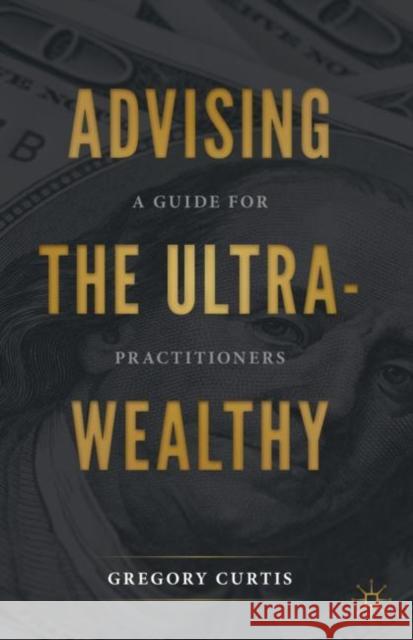Advising the Ultra-Wealthy: A Guide for Practitioners » książka
topmenu
Advising the Ultra-Wealthy: A Guide for Practitioners
ISBN-13: 9783030576042 / Angielski / Twarda / 2020 / 128 str.
Advising the Ultra-Wealthy: A Guide for Practitioners
ISBN-13: 9783030576042 / Angielski / Twarda / 2020 / 128 str.
cena 261,63
(netto: 249,17 VAT: 5%)
Najniższa cena z 30 dni: 250,57
(netto: 249,17 VAT: 5%)
Najniższa cena z 30 dni: 250,57
Termin realizacji zamówienia:
ok. 22 dni roboczych
Dostawa w 2026 r.
ok. 22 dni roboczych
Dostawa w 2026 r.
Darmowa dostawa!
Kategorie:
Kategorie BISAC:
Wydawca:
Palgrave MacMillan
Język:
Angielski
ISBN-13:
9783030576042
Rok wydania:
2020
Wydanie:
2020
Ilość stron:
128
Waga:
0.36 kg
Wymiary:
23.88 x 19.56 x 1.27
Oprawa:
Twarda
Wolumenów:
01
Dodatkowe informacje:
Bibliografia











